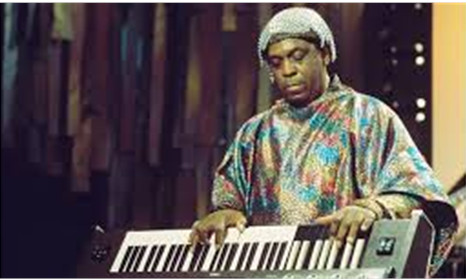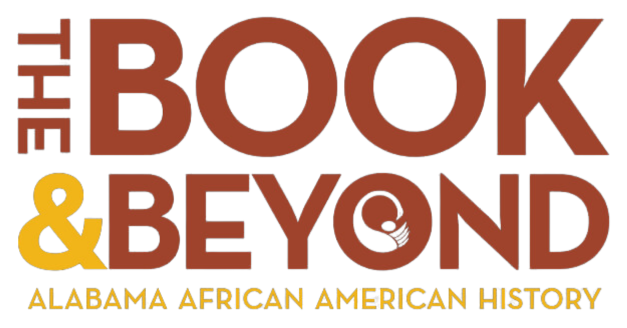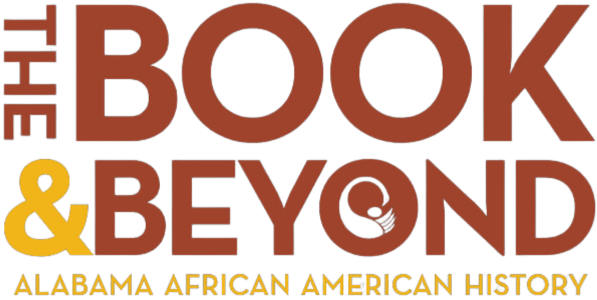 Herman Poole Blount (1914-1993) also known as Sun Ra was an American jazz composer and keyboard player who led a free jazz big band known for its innovative instrumentation and the theatricality of its performances. Sun Ra, who claimed to have been born on the planet Saturn, was born and raised in Birmingham, Alabama. He studied the piano under well-known teacher and composer John “Fess” Wheatley. Upon graduation from Parker High School, Sun Ra attended Alabama Agricultural and Mechanical College (now University). By the mid-1940s he was living in Chicago and scoring music for nightclub floor shows. In 1946–47 he was apprenticed to the noted swing bandleader-arranger Fletcher Henderson. Beginning in 1950, he led his own bands, called the Sun Ra Arkestras, which was an expanded hard Bebop that included tympani, electric piano, and flute—instruments then rare in jazz. He also was a pioneer of modal jazz settings. Among his early works, “Ancient Aiethopia” most successfully unites the diverse strands of his compositions. Sun Ra’s music became increasingly eccentric with the addition of African and Latin-American instruments. After the Arkestra moved to New York in 1960, he became wholly involved with free jazz. Among his free jazz recordings, “The Magic City” (1966) is the most significant. The Arkestra, which included dancers, dressed in whimsical costumes which were inspired by ancient Egyptian attire and the space age. Sun Ra himself wore flowing robes and futuristic helmets. He was highly regarded for his musical sounds he created on the synthesizer, an instrument that he virtually pioneered in jazz.
Herman Poole Blount (1914-1993) also known as Sun Ra was an American jazz composer and keyboard player who led a free jazz big band known for its innovative instrumentation and the theatricality of its performances. Sun Ra, who claimed to have been born on the planet Saturn, was born and raised in Birmingham, Alabama. He studied the piano under well-known teacher and composer John “Fess” Wheatley. Upon graduation from Parker High School, Sun Ra attended Alabama Agricultural and Mechanical College (now University). By the mid-1940s he was living in Chicago and scoring music for nightclub floor shows. In 1946–47 he was apprenticed to the noted swing bandleader-arranger Fletcher Henderson. Beginning in 1950, he led his own bands, called the Sun Ra Arkestras, which was an expanded hard Bebop that included tympani, electric piano, and flute—instruments then rare in jazz. He also was a pioneer of modal jazz settings. Among his early works, “Ancient Aiethopia” most successfully unites the diverse strands of his compositions. Sun Ra’s music became increasingly eccentric with the addition of African and Latin-American instruments. After the Arkestra moved to New York in 1960, he became wholly involved with free jazz. Among his free jazz recordings, “The Magic City” (1966) is the most significant. The Arkestra, which included dancers, dressed in whimsical costumes which were inspired by ancient Egyptian attire and the space age. Sun Ra himself wore flowing robes and futuristic helmets. He was highly regarded for his musical sounds he created on the synthesizer, an instrument that he virtually pioneered in jazz.
During the 1970s and ’80s, Sun Ra’s Arkestra made increasing use of his earlier compositions and of composers such as Henderson, Duke Ellington, and Thelonious Monk. He and his music are featured in the films The Cry of Jazz (1959), Space Is the Place (1971), and Sun Ra: A Joyful Noise (1980).

